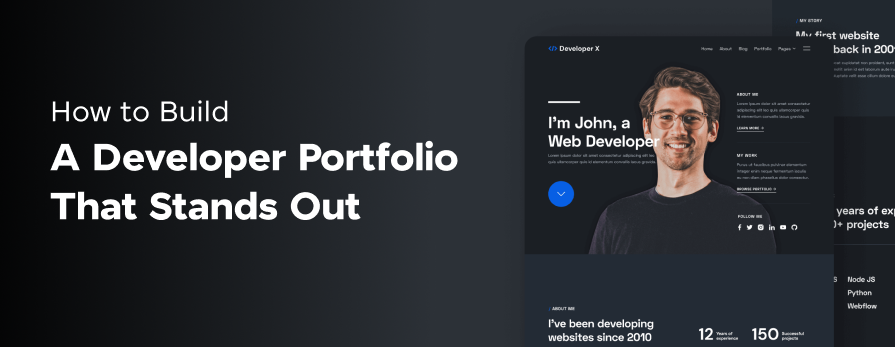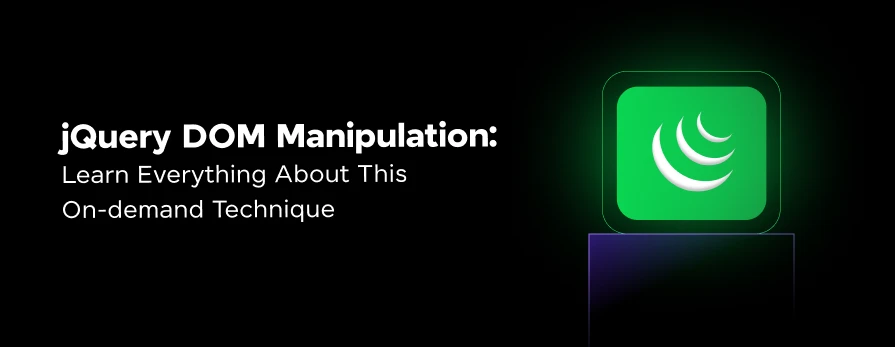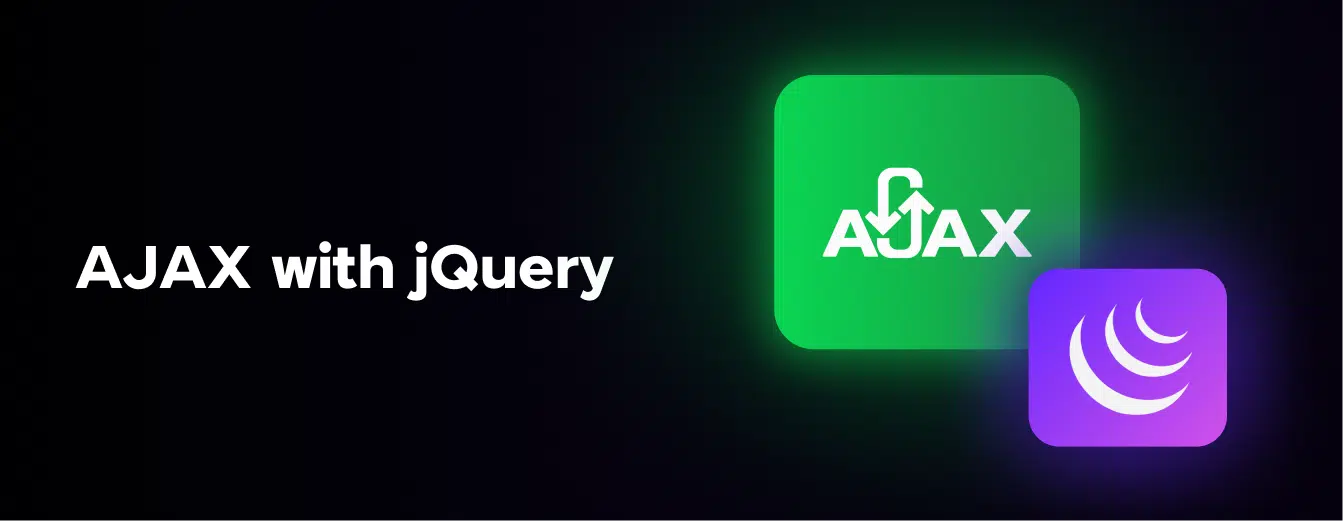
How to Build a Developer Portfolio That Stands Out in 2024
May 21, 2024 4 Min Read 770 Views
(Last Updated)
In today’s competitive job market, having a standout developer portfolio is important for landing your dream job or attracting lucrative clients. Your portfolio showcases your skills, experiences, and accomplishments, providing potential employers or clients with a glimpse into what you can bring to the table.
But what exactly makes a developer portfolio stand out in a sea of candidates? In this blog post, we’ll explore the essential strategies and techniques for building a portfolio that sets you apart from the crowd.
From understanding your audience to choosing the right projects to showcase your skills effectively to designing an eye-catching layout, we’ll cover everything you need to know to create a developer portfolio that grabs attention and leaves a lasting impression. This blog will equip you with the knowledge and tools to build a portfolio that truly shines. Let’s learn how to build a developer portfolio that stands out.
Table of contents
- What is a Portfolio?
- How to Build a Developer Portfolio That Stands Out
- Understand Your Audience
- Choose the Right Projects
- Showcase Your Skills Effectively
- Write Compelling Project Descriptions
- Design an Eye-Catching Portfolio
- Add Social Proof
- Keep Your Portfolio Up-to-Date
- Conclusion
- FAQs
- How do I decide which projects to include in my developer portfolio?
- What role does design play in creating a standout developer portfolio?
- How often should I update my developer portfolio?
What is a Portfolio?
A portfolio is more than just a collection of work samples; it’s a representation of a developer’s journey, expertise, and potential. In software development, a well-crafted portfolio is a powerful tool for showcasing one’s skills and standing out in a competitive landscape.
- A developer portfolio often serves as a comprehensive overview of a developer’s capabilities, featuring various projects, ranging from personal endeavors to professional collaborations.
- Each project within the portfolio should be meticulously curated and presented, providing insight into the developer’s technical prowess, problem-solving abilities, and creative vision.
- Beyond showcasing completed projects, a developer portfolio may include additional elements such as project descriptions, testimonials, certifications, and links to relevant online profiles.
- Regular updates and maintenance are important to ensure that the portfolio remains current and reflective of the developer’s evolving skill set and achievements.
A developer portfolio is a representation of one’s journey in software development—a testament to their skills, creativity, and dedication. By investing time and effort into building a portfolio, developers can effectively communicate their value proposition and distinguish themselves in a crowded marketplace.
Ready to take your skills to the next level? Join GUVI’s Full Stack Development Course and build a standout developer portfolio! Master essential tools and techniques to excel in web development. Enroll now!

Having understood the concept of a portfolio, let’s now focus on crafting a developer portfolio that truly sets you apart.
How to Build a Developer Portfolio That Stands Out
In a competitive field like software development, a standout developer portfolio is your ticket to success. But what exactly does it take to create a portfolio that grabs attention and leaves a lasting impression? Let’s explore seven essential steps to help you build a developer portfolio that truly stands out.
1. Understand Your Audience
Understanding your audience is important for tailoring your portfolio to meet their specific needs and preferences. Knowing what they are looking for enables you to showcase relevant projects and skills effectively.
Features
- Identify target audience (employers, clients, collaborators).
- Tailor portfolio content to audience preferences.
- Highlight projects and skills most relevant to the audience.
- Customize language and presentation style to resonate with an audience.
- Ensure the portfolio addresses potential concerns or questions of audience members.

Also Read: Developer vs Tester: Roles, Collaboration, and Impact on Software
2. Choose the Right Projects
Selecting the right projects is essential for showcasing your skills, interests, and expertise effectively. Including a diverse range of projects, from personal endeavors to professional collaborations, allows you to demonstrate your versatility and capabilities.
Features
- Including personal projects, freelance work, open-source contributions, and professional endeavors.
- Showcase projects that align with your career goals and interests.
- Highlight projects that demonstrate a range of technical skills and problem-solving abilities.
- Select projects with measurable results or outcomes whenever possible.
- Ensure each project adds value to your portfolio and strengthens your overall narrative.

Also Read: Top 10 Product-Based Companies for Full-Stack Developers [2024]
3. Showcase Your Skills Effectively
Effectively showcasing your skills is key to capturing the attention of your audience and highlighting your expertise. By featuring your technical skills and providing context for each project, you can demonstrate your ability to tackle complex problems and deliver high-quality solutions.
Features
- Highlight technical skills prominently within the portfolio.
- Provide detailed descriptions of each project, including technologies used and your role.
- Showcase your ability to solve problems and deliver results through your projects.
- Demonstrate proficiency in relevant programming languages, frameworks, and tools.
- Include examples or demonstrations of your work to reinforce your skills and abilities.

Also Read: Salary of a NodeJs Developer in Famous 10 Companies in India
4. Write Compelling Project Descriptions
Crafting compelling project descriptions is essential for engaging your audience and conveying the value of your work effectively. By focusing on the unique aspects of each project and emphasizing your contributions and achievements, you can make a memorable impression on potential employers, clients, or collaborators.
Features
- Write engaging and concise descriptions for each project.
- Highlight the problem solved, the technologies used, and your role in the project.
- Emphasize your contributions and achievements, focusing on measurable results.
- Use storytelling techniques to make your projects memorable and compelling.
- Include testimonials or endorsements from clients or colleagues to add credibility to your work.

Also Read: How Long Would It Take to Be a Full Stack Developer?
5. Design an Eye-Catching Portfolio
A visually appealing and user-friendly portfolio design is essential for capturing the attention of your audience and creating a positive impression. By choosing a clean and professional layout, incorporating visual elements effectively, and ensuring mobile responsiveness, you can enhance the overall experience for visitors to your portfolio.
Features
- Choose a clean and professional layout for your portfolio website.
- Ensure easy navigation and accessibility for users.
- Incorporate visual elements such as images, screenshots, and videos to enhance engagement.
- Use a consistent color scheme and typography to create a cohesive visual identity.
- Ensure your portfolio is mobile responsive and optimized for viewing on different devices.

Also, Explore How to Create a UI UX Design Portfolio: Top 3 Essential Tips
6. Add Social Proof
Including social proof in your portfolio helps to validate your skills and credibility in the eyes of your audience. Testimonials, endorsements, awards, and certifications provide evidence of your expertise and can help to build trust with potential employers, clients, or collaborators.
Features
- Include testimonials or endorsements from clients, colleagues, or industry experts.
- Showcase any awards, certifications, or recognition you’ve received for your work.
- Provide links to relevant social media profiles or GitHub repositories to further validate your expertise.
- Highlight any notable achievements or contributions that demonstrate your credibility.
- Use social proof strategically to reinforce your value proposition and differentiate yourself from competitors.
7. Keep Your Portfolio Up-to-Date
Regularly updating and maintaining your portfolio is essential for ensuring that it remains relevant and reflective of your current skills and accomplishments. By incorporating new projects, skills, and achievements, and seeking feedback from peers and mentors, you can continually improve and refine your portfolio over time.
Features
- Regularly update your portfolio with new projects, skills, and accomplishments.
- Remove outdated or irrelevant content to keep your portfolio focused and concise.
- Incorporate feedback from peers, mentors, or industry professionals to improve your portfolio.
- Stay informed about current trends and technologies in your field and update your portfolio accordingly.
- Continuously evaluate and refine your portfolio to ensure it effectively communicates your value proposition and resonates with your audience.
With these seven key steps, you’re well on your way to building a developer portfolio that stands out from the crowd. By understanding your audience, choosing the right projects, showcasing your skills effectively, and maintaining an attractive and up-to-date portfolio, you’ll be sure to make a memorable impression on potential employers, clients, and collaborators alike.
Also, Find Out Top 10 Most Asked Full Stack Developer Interview Questions
Conclusion
In a competitive field like software development, standing out requires more than just technical proficiency. It’s about effectively communicating your unique value proposition, demonstrating your problem-solving abilities, and showcasing your passion for your craft.
By continuously refining your portfolio, staying ahead of industry trends, and seeking opportunities for growth and learning, you can differentiate yourself and make a lasting impression on potential employers, clients, and collaborators. Remember, your portfolio is not just a collection of projects—it’s a reflection of who you are as a developer and what you bring to the table.
So, embrace the challenge, showcase your talents, and let your portfolio speak for itself in the competitive software development landscape.
Also Explore: Top Differences: Full Stack Developer vs Software Engineer 2024
FAQs
How do I decide which projects to include in my developer portfolio?
When selecting projects for your portfolio, consider their relevance to your target audience, the skills they demonstrate, and the impact they’ve had. Choose projects that showcase a range of abilities and align with your career goals.
What role does design play in creating a standout developer portfolio?
Design is important in creating a visually appealing and user-friendly portfolio that captures attention. A clean layout, cohesive visual identity, and effective use of multimedia elements can enhance the overall presentation and leave a lasting impression on visitors.
How often should I update my developer portfolio?
It’s essential to regularly update your portfolio to keep it current and reflective of your skills and achievements. Aim to update it whenever you complete a new project, acquire new skills, or receive relevant certifications or awards.
Regular maintenance ensures that your portfolio remains relevant and impactful in the ever-evolving field of software development.
































Did you enjoy this article?